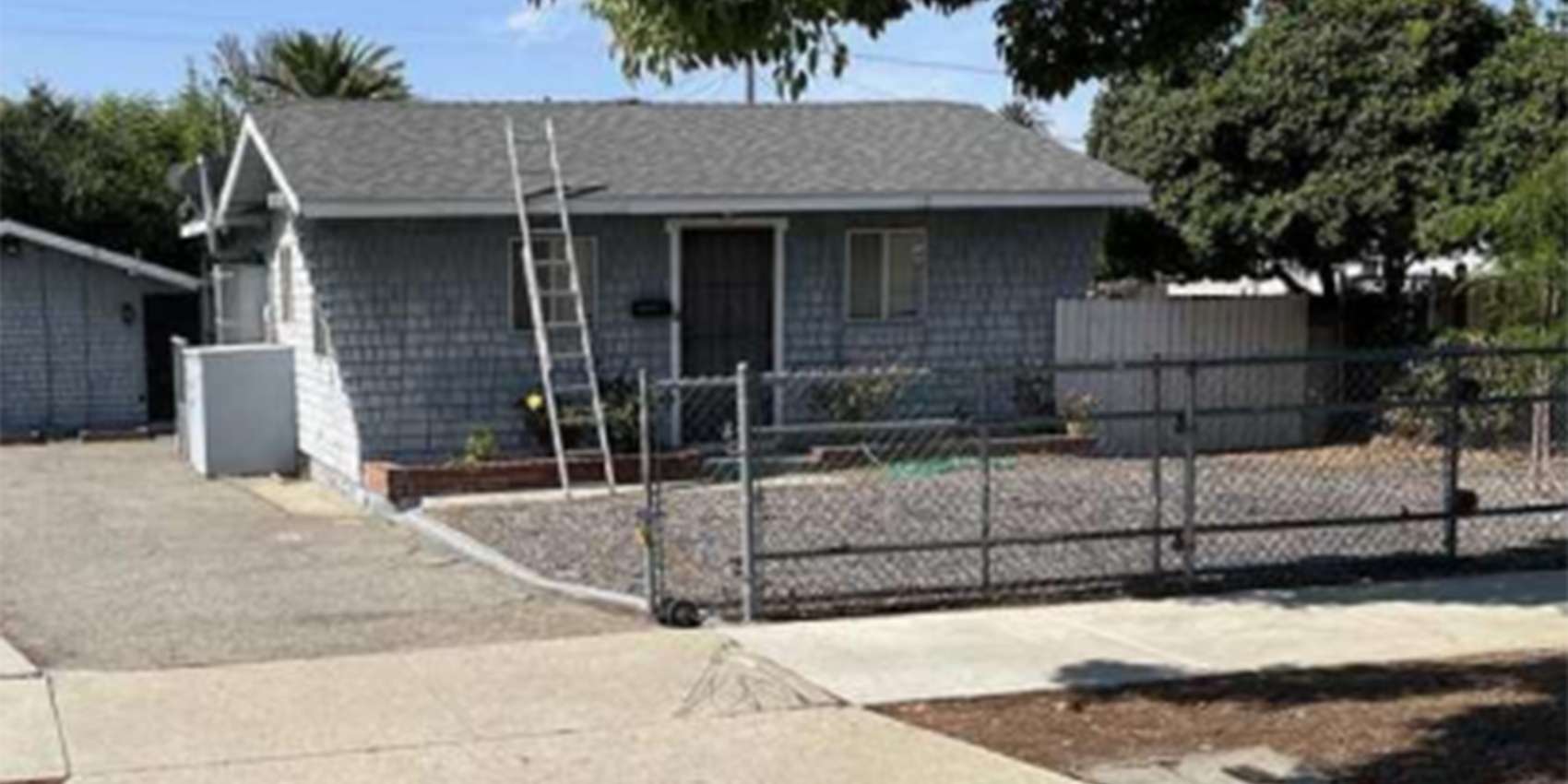With all the precautions we’re going through to stay healthy, one of them that is of particular interest is working from home. It isn’t a new concept, but it is a different one than what’s been happening up to this point.
Telecommuting, or working from home, really got its start in the 1970’s oil crisis when it was suddenly very expensive to drive to work. It was also made possible by burgeoning technology which put personal computers in homes and allowed workers to send documents and other files digitally and communicate via email. It worked very well for some people and some applications, not so well for others. In many cases, it allowed the workers to experience a greater sense of balance between their work lives and their home lives. It equaled more time spent with family, less time commuting, less stress.

The impetus for change had begun. And while there are some professions that could not ever telecommute—such as nurses, grocery store clerks, or truck drivers—the trend continued until today about 54% of people work at least one day or more away from their main office. The US Census Bureau describes the typical stay at home worker as late-forties, making more than $50,000 a year, and working for a company with over 100 employees.
In the midst of Covid-19 regulations many more people have been forced into working from home. The question arises then, will they want to stay at home once the lockdown is over? According to Stanford economist, Nicolas Bloom, the answer is “probably not.” His research has shown that face-to-face meetings are essential for developing new ideas and keeping staff motivated and focused. “In-person collaboration is necessary for creativity and innovation,” he said.
Bloom also asserts that this forced work-at-home situation is fraught with unhappy details that the typical telecommuter wouldn’t face, namely, having children at home instead of at school, unproductive workspaces in the home, and no privacy for phone calls and so on. In addition, people who are accustomed to working in teams or with co-workers are isolated from the social interactions that make their jobs work well for them. Instead, they are lonely and depressed.

All of this is influencing real estate, whether or not those workers return to the office environment. Here is a situation that no matter which way it goes, the alert investor can come out ahead.
Working from home in the environments many are in now, is not ideal. But going back to work at a typical HQ in the city with a long commute isn’t what workers want, either. So, what’s the solution? Well, there are a couple. One is to build the kind of homes where workers feel comfortable working. These new apartments or houses or condos have space set aside for an office where the worker can be alone, close the door to noise, make phone calls in peace and then walk away from, when it’s time to stop working.
Also very popular is the developing of smaller office buildings in secondary markets so that workers don’t face a long commute, can live close to where they work, can run home for lunch, pick the kids up from school, and so on.
A combination of the two would look something like this: a family has a nice little house in the suburbs (the secondary market) that has dedicated office space for mom and/or dad, and even a little homework area for the kids. Then, a couple of days a week the worker drives 10 minutes to an office in the same secondary market and has meetings with co-workers or the boss, or clients. She/he’s a happy camper. On weekends, the family spends quality time together and maybe even makes a trip into the city to a nice restaurant or to see a show.

It’s perfect. And, it’s perfectly plausible. Paradyme is working on such projects right now. There’s room for you to join in and realize that, no matter which way workers go—stay at home or short commute—you can be a part of making life easier for everyone! Call today and let’s discuss your options.







